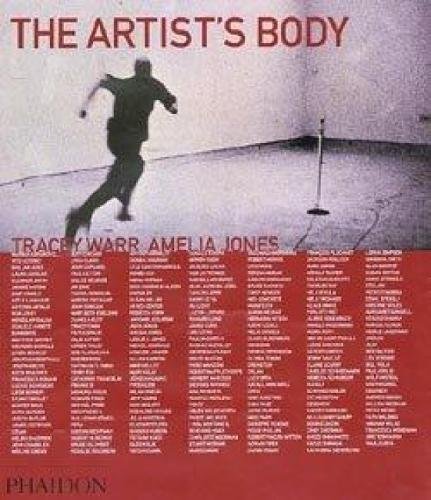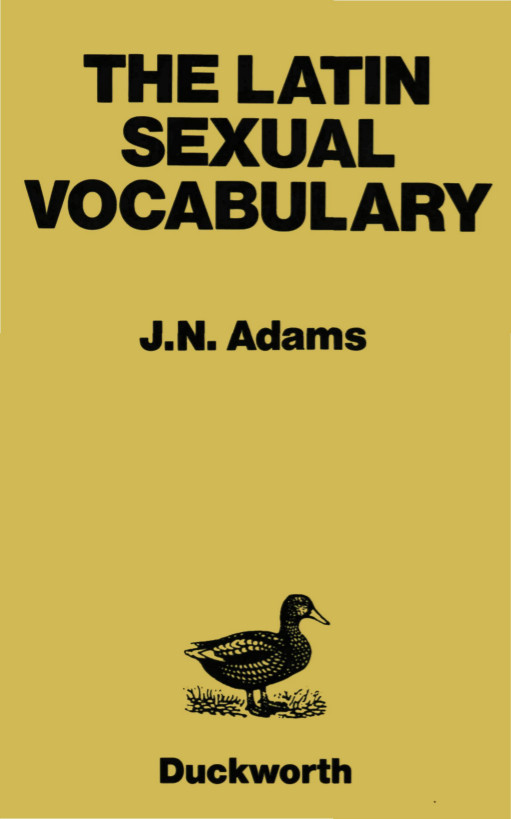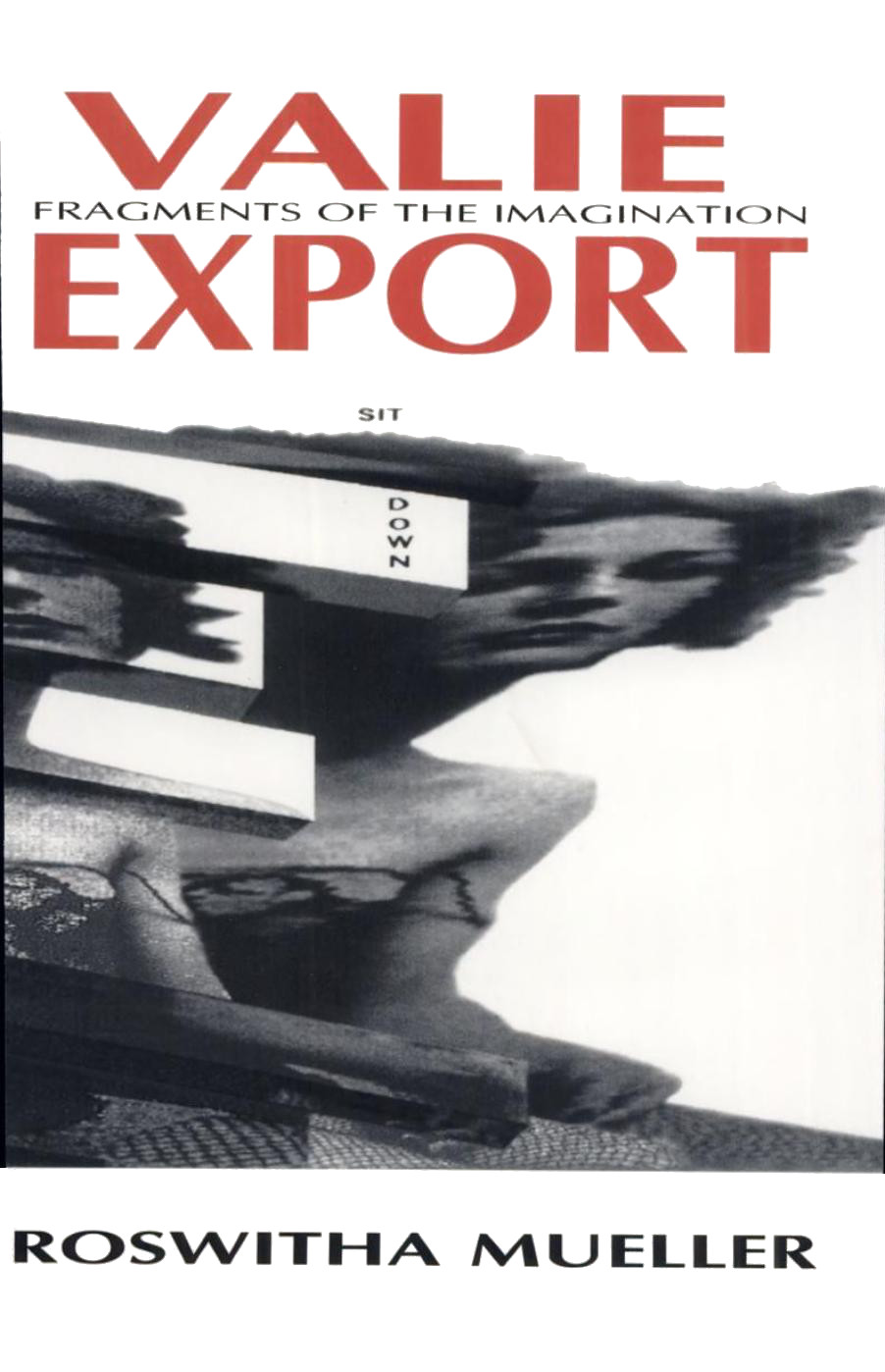Tracey Warr (ed.): The Artist’s Body (2000)
Filed under book | Tags: · art, art history, art theory, body, body art, happening, live art, performance, performance art

“Beginning with such key artists as Marcel Duchamp and Jackson Pollock, this book examines a selection of the most significant players who have used their bodies to create their art – among them, in the 1960s Carolee Scheemann, Rudolf Schwarzkogler, Yoko Ono; in the 1970s, Chris Burden, Ana Mendieta, Vito Acconci, Marina Abramovic; up to the turn of the millennium, Matthew Barney, Marc Quinn, Tracey Emin and Mona Hatoum.
Survey. Amelia Jones, among the world experts in the field, discusses performance and body art against the background of social history. She examines the breakdown of barriers between art and life, visual and sensual experience – how artists have expanded and renewed the age-old tradition of self-portraiture, moving art out of the gallery into unexpected spaces and media.
Works. Each image is accompanied by an extended caption. The book is organized thematically:
“Painting Bodies”, concerns work that shows the trace, stain or imprint of the artist’s body in response to the paint-on-canvas tradition.
“Gesturing Bodies”, examines artists who transform the body – its acts, its gesture – into art; gesture, behaviour and situations are used in place of art objects.
“Ritualistic and Transgressive Bodies”, looks at work which uses the body to enact challenges to the social expecations of the body, often in rituals that perform a cathartic function. Mutilation and sacrifice are used to rupture personal and social homogeneity.
“Body Boundaries”, examines boundaries between the individual body and the social environment and between the inside and outside of the body itself.
“Performing Identity”, looks at issues of representation and identity.
“Absent Bodies”, explores absence and the mortality of the body through photography, casting, imprints or remnants of the body.
In “Extended and Prosthetic Bodies”, the body is extended through prosthetics or technology, to explore cyberspace and alternative states of consciousness.
Documents. Parallel to the illustrated works of art, this section combines texts by critics who shaped the movement, from Lucy R. Lippard to Thomas McEvilley. Alongside these are writings by philosophers and thinkers such as George Bataille and Gilles Deleuze who have contributed on a theoretical level to the discussion around the body – a prevalent theme in twentieth-century cultural theory.”
Edited by Tracey Warr, with a survey by Amelia Jones
Publisher Phaidon Press, London, 2000
ISBN 0714835021, 9780714835020
304 pages
Reviews: James Hall (London Review of Books, 2001), Barry Gewen (NYT, 2005).
PDF (section Works pp 48-189 missing, 52 MB, no OCR, updated on 2022-8-30)
Comments (5)J.N. Adams: The Latin Sexual Vocabulary (1982)
Filed under book | Tags: · body, history of literature, language, latin, linguistics, literature, philology, sex, sexuality

Like other languages, Latin had a group of words which speakers regarded as basic obscenities, as well as a rich stock of sexual euphemisms and metaphors. At the lower end of the social and stylistic scale evidence for Latin sexual terminology comes from numerous graffiti. On the other hand certain literary genres had a marked sexual content.
The Latin sexual vocabulary has never been systematically investigated, despite its linguistic and literary interest. This book collects for the first time the evidence provided by both non-literary and literary sources from the early Republic down to about the fourth century A.D.
Separate chapters are given to each of the sexual parts of the body, and to the terminology used to describe sexual acts. General topics treated include lexical differences between various literary genres, the influence of Greek on Latin, diachronic changes within the vocabulary, and the weakening of sexual words into general terms of abuse.
This is a fundamental book in every sense.
Publisher Duckworth, London, 1982
ISBN 071561648X
272 pages
via Gabriela García Palapa
Review (Peter Parsons, London Review of Books, 1983)
Review (D.R. Shackleton Bailey, Classical Philology, 1985)
PDF (72 MB)
Comment (0)Roswitha Mueller: Valie Export: Fragments of the Imagination (1994)
Filed under book | Tags: · art, body, expanded cinema, experimental film, feminism, film, fluxus, performance, performance art, photography, video

An early, groundbreaking radical performance artist, Valie Export created a philosophy of “Feminist Actionism” and in multimedia performances used the female body to critique male spectatorship. Roswitha Mueller examines Export’s performance and installation work; her photography; her avant-garde film experiments and her four feature films; and her critical writings and interviews. Valie Export’s primary object of study is the female human body, and as a multimedia artist, she has merged the discourses of the avant-garde and of feminism to reappropriate women’s gestures, postures, images, and rights. This comprehensive and extensively illustrated study also includes an interview with Export.
Publisher Indiana University Press, 1994
Women Artists in Film series
ISBN 0253209250, 9780253209252
246 pages
Review: Alison Butler (Screen, 1996).
PDF (no OCR)
Comment (0)
